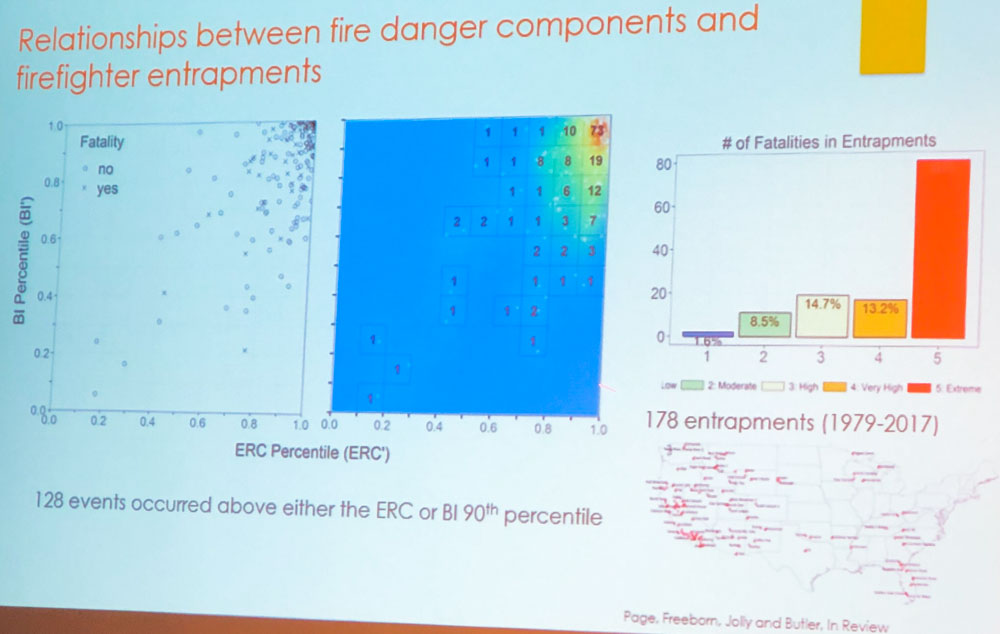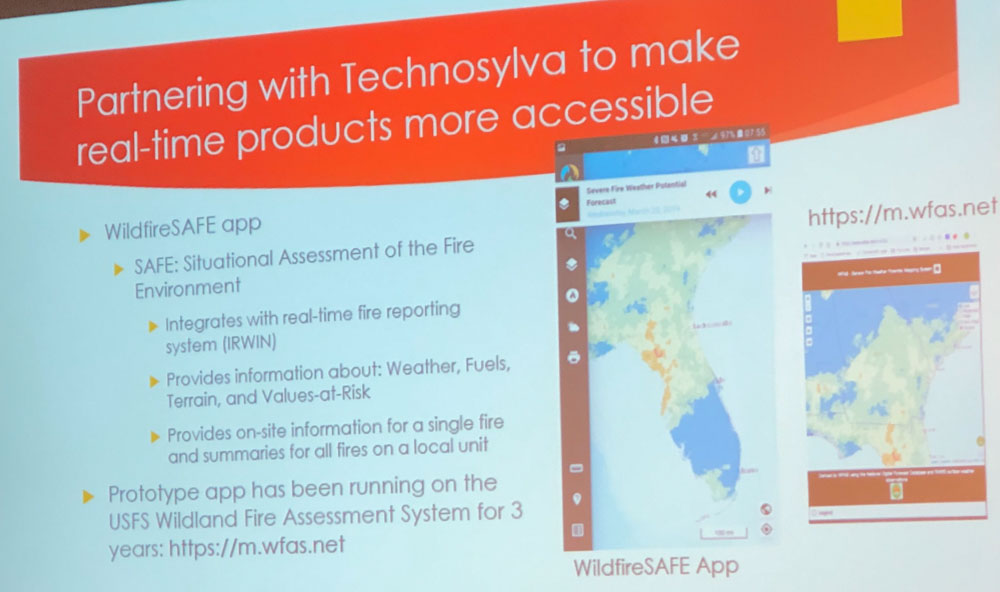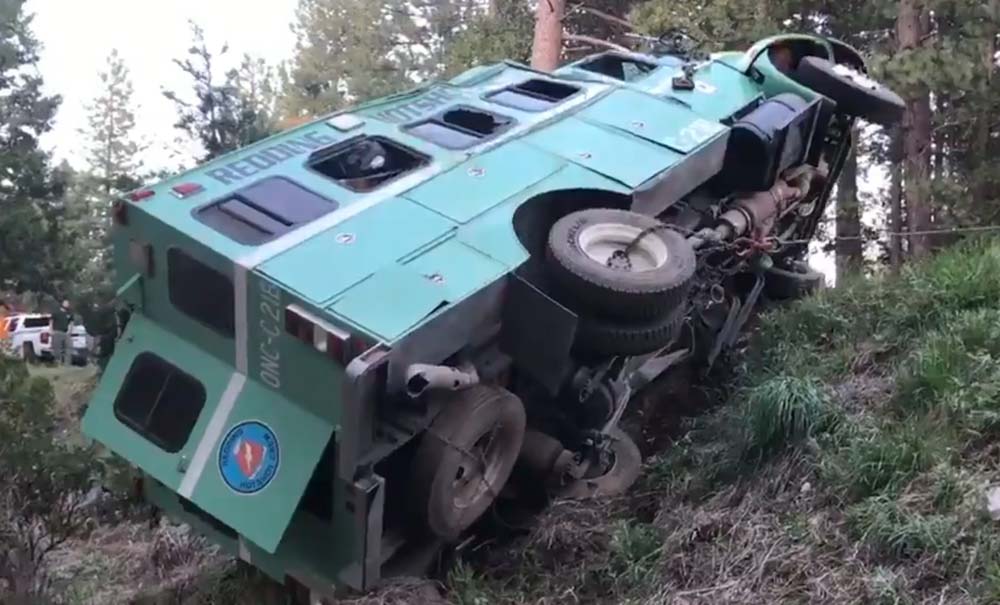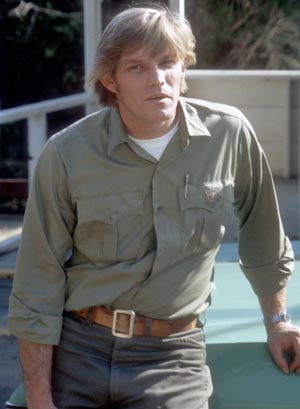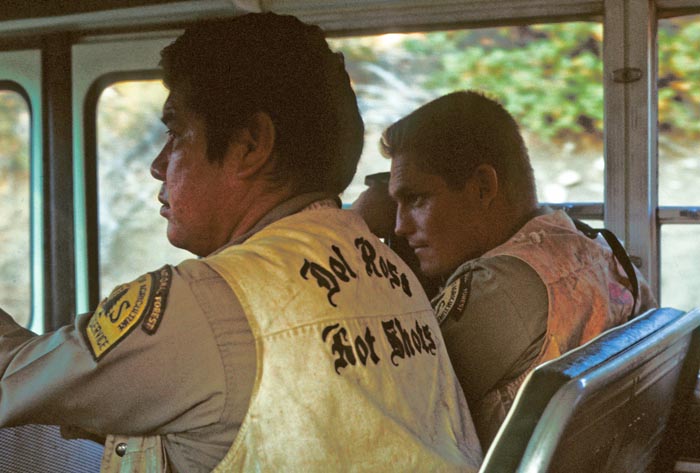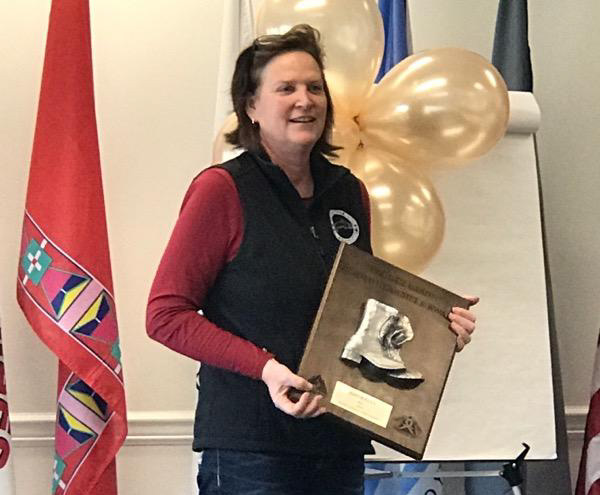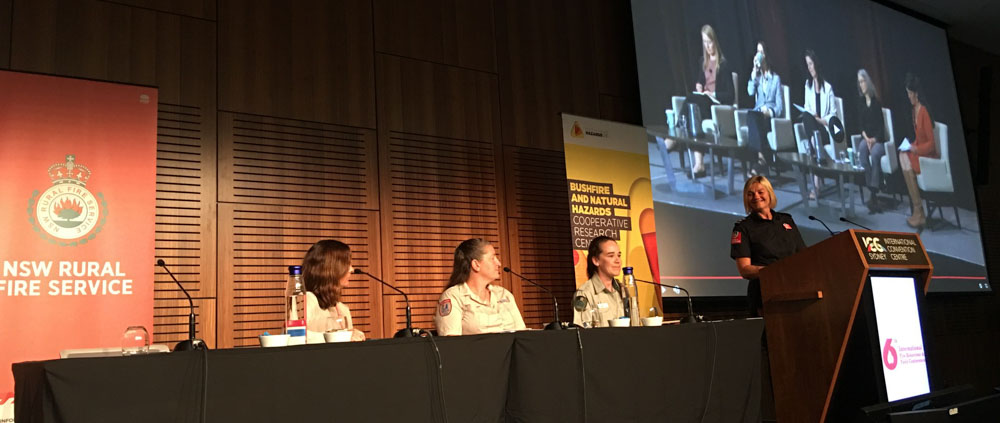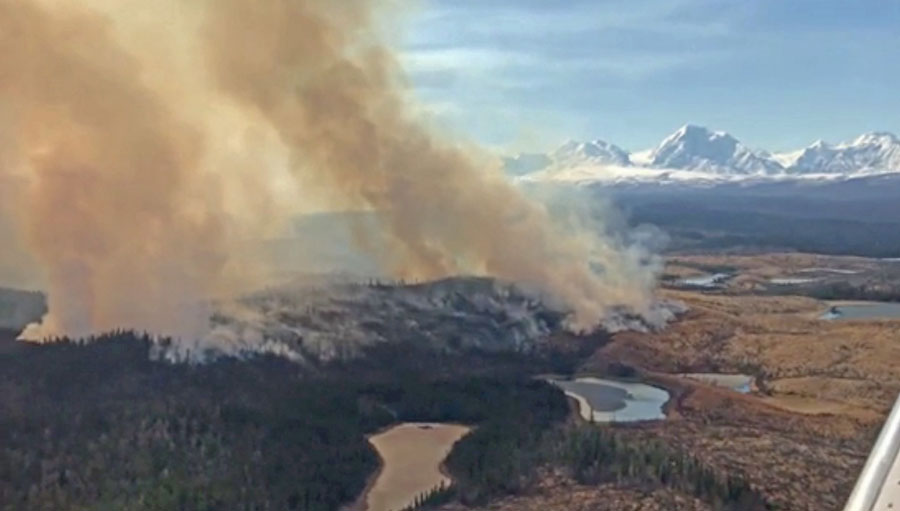
From the BLM Alaska Fire Service
Due to the unseasonable dry fuels and forecasted windy and warmer weather, an incident management team is mobilizing to strategically plan efforts on the Oregon Lakes Fire burning about 11 miles south of Delta Junction. A Type 2 Incident Management Team (IMT) from Alaska will start assembling on Monday (May 6) and take over the management of Fire #077 on Tuesday to develop a strategy that, if the chance emerges, applies suppression tactics on this early-season fire.
The remote fire was reported at about 1 p.m. on April 30 and so far has been burning in an area that is off-limits to firefighters and low-flying fire suppression aircraft due to the likelihood of unexploded ordnance on the ground. It is burning mostly in tall, dry grass and downed trees from the 2013 Mississippi Fire on the west of the braided Delta River.
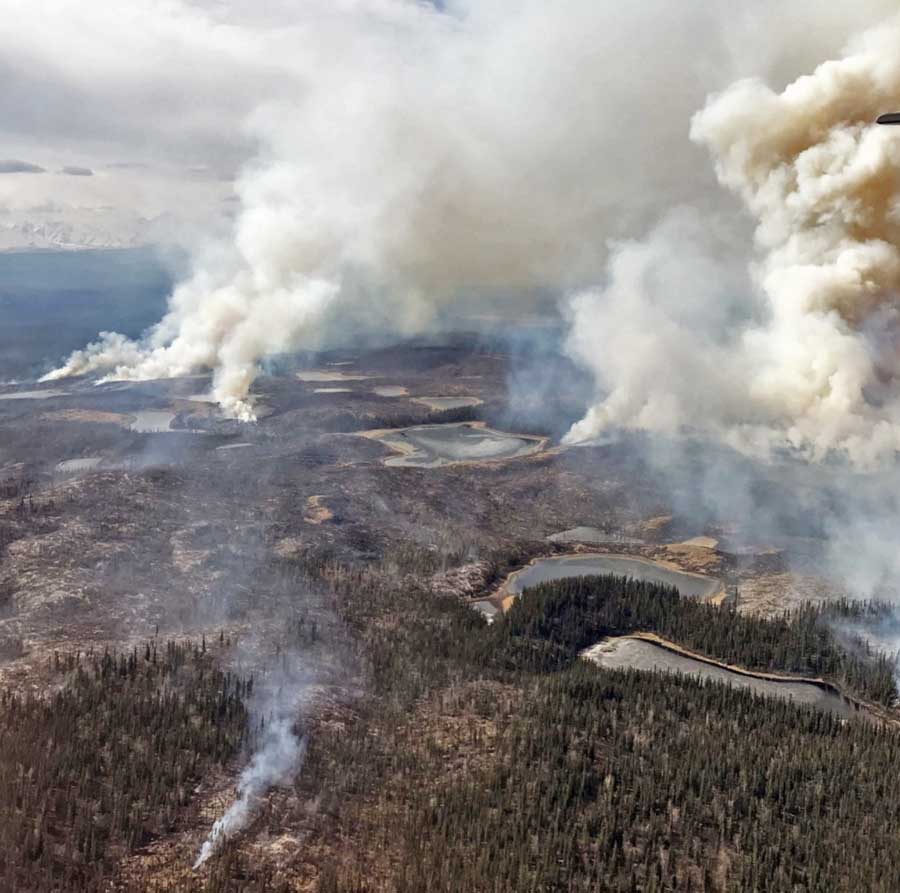
The IMT will work with the BLM AFS Military Fire Management Zone, the U.S. Army Alaska Garrison and the Alaska Division of Forestry (DOF) to determine the best course of action, especially with the forecasted increase in temperatures and wind. It is in a limited protection area and is not immediately threatening any structures, military targets or valuable resources. However, because it is burning in the Delta River drainage with known challenging weather patterns that could cause the fire to persist throughout the summer, the team is being activated to plan for an opportunity to launch suppression tactics once the fire moves out of the military impact areas. There will be an increase of people in the area as the IMT sets up a command post and stages firefighting resources in Delta Junction.
BLM Alaska Fire Service personnel flew over the fire midday Sunday and did not see any significant activity, probably due to the between .1 and .25 inches of precipitation that fell in the area over the past two days. The fire has grown to an estimated 6,670 acres over the past few days, mostly to the northwest. Only five percent of the perimeter was actively burning Sunday afternoon and mostly smoldering along the northeast corner.
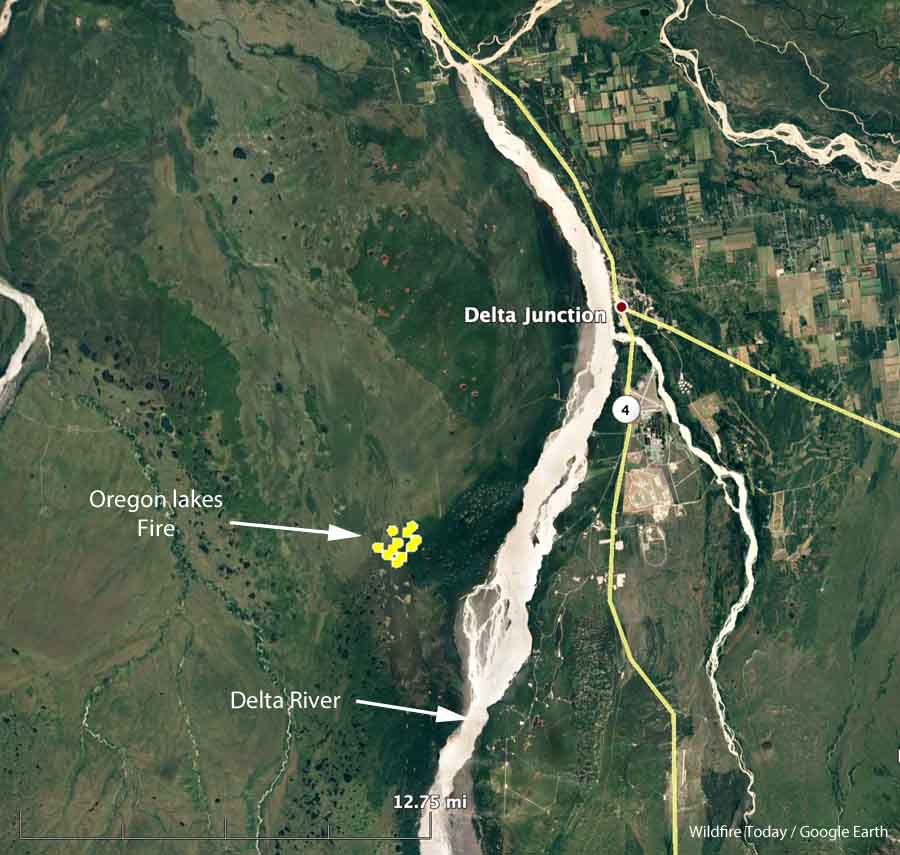
Due to the predicted weather, the fire is expected to continue to grow to the north and possibly threaten State of Alaska timber values along the Delta River and Delta Creek. According to the National Weather Service, a weak south flow will develop over the Alaska Range this afternoon and continue into Monday, causing a slight warming and drying trend. Much stronger southerly chinook winds will develop over the Alaska Range on Tuesday, bringing a sharp increase in temperatures and winds to the fire area. Conditions are forecasted to reach near red flag criteria on Tuesday, which for Deltana and Tanana Flats areas means relative humidity levels of 25 percent or below and winds of 25 mph or higher. The windy, warm, and dry conditions along the Alaska Range will last into the middle of the week. Smoke is very likely to increase with the warmer weather and increased winds.
The cause of the fire is still under investigation.
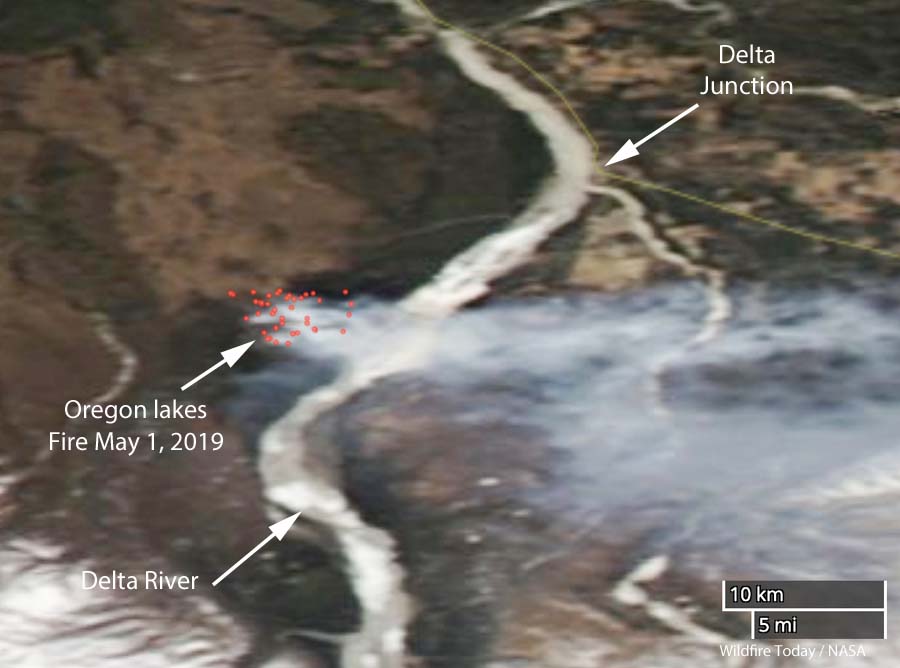
Thanks and a tip of the hat go out to Anon. Typos or errors, report them HERE.

